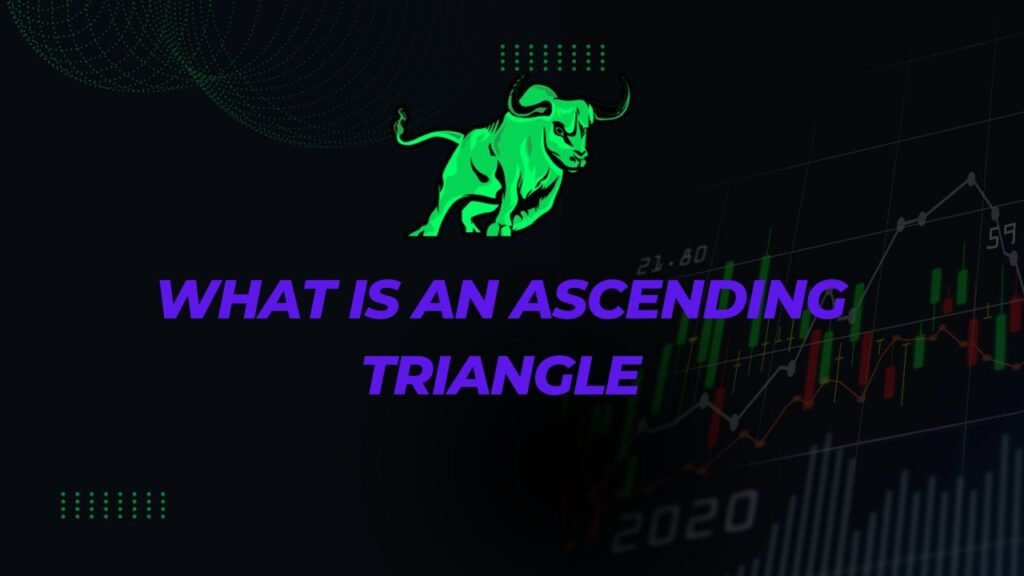
Welcome to the world of trading patterns, where market dynamics often resemble intricate puzzles waiting to be solved. In this article, we’ll shed light on one such pattern – the Ascending Triangle. Join us on a journey to understand what it is, how it works, and how traders use it to make informed decisions.
What is an Ascending Triangle?
An Ascending Triangle is a bullish continuation pattern in technical analysis. It is formed when two trendlines converge, with the horizontal trendline acting as resistance and the ascending trendline as support. Visually, it resembles a right triangle tilted to the left.
The Anatomy of an Ascending Triangle
Let’s break down the components of an Ascending Triangle:
- Upper Trendline (Resistance): This line connects a series of highs where the price encounters selling pressure but fails to break below.
- Lower Trendline (Support): On the other side, the ascending trendline connects a series of higher lows, indicating increasing buying pressure.
- Apex: The point where the two trendlines meet is called the apex. It’s the narrowest part of the triangle and often precedes a significant price movement.
How Does it Work?
Ascending Triangles represent a battle between buyers and sellers, with buyers gaining strength over time. As the price approaches the apex, it’s like a coiled spring ready to unleash. Here’s how it typically unfolds:
- Accumulation Phase: Traders recognize the pattern during this phase, observing the converging trendlines and anticipating a potential breakout.
- Breakout: The real action happens when the price breaks above the horizontal resistance line. This breakout is often accompanied by increased trading volume, signaling strong bullish sentiment.
- Target Price: To estimate the potential price target after the breakout, measure the height of the triangle at its widest point and add it to the breakout level.
Real-Life Example
Imagine you’re a stock trader, and you spot an ascending triangle forming on the chart of a tech company’s stock. The upper trendline (resistance) is at $150, and the lower trendline (support) is at $140. You decide to enter a trade when the price breaks above $150, which happens with strong volume. The height of the triangle is $15. Adding this to the breakout point gives you a potential target price of $165.
FAQs About Ascending Triangles
Q: Are Ascending Triangles always bullish? A: While they are considered bullish patterns, it’s essential to consider the overall market context and use other technical indicators for confirmation.
Q: Can Ascending Triangles appear in various timeframes? A: Yes, these patterns can be found in intraday, daily, weekly, and monthly charts, making them versatile for different trading styles.
Q: What if the breakout direction is downward? A: In rare cases, the price may break below the ascending trendline, leading to a bearish reversal. Traders should have stop-loss strategies in place.
Conclusion: A Tool in Your Trading Arsenal
Ascending Triangles are valuable tools in a trader’s arsenal, offering insights into potential bullish price movements. However, like any technical analysis tool, they should be used in conjunction with other indicators and within the context of the broader market. As you embark on your trading journey, remember that patterns like the Ascending Triangle are pieces of the puzzle that, when combined skillfully, can help you make informed trading decisions.